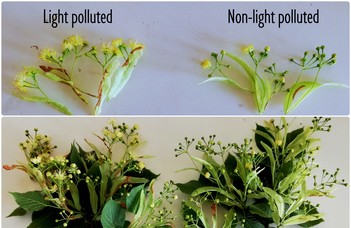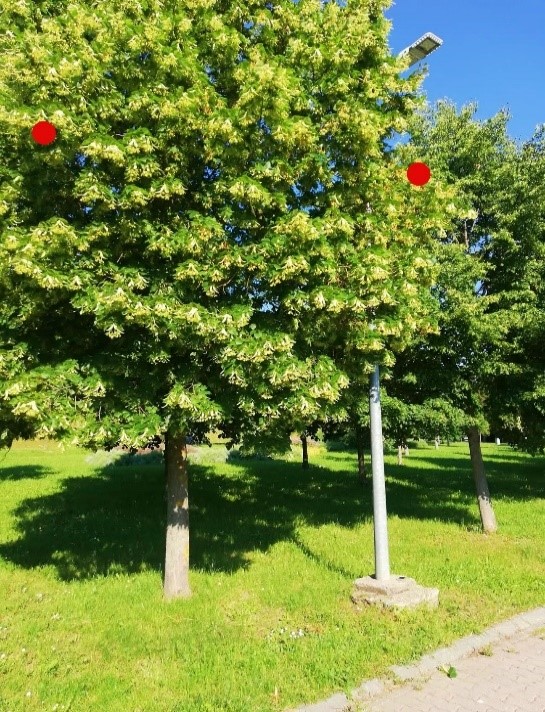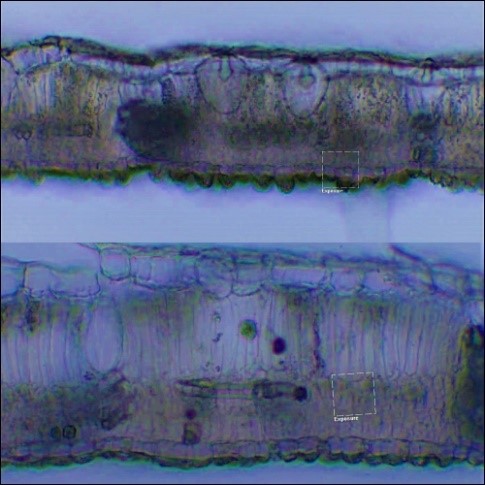
Photosynthesis in the light of street lamps
Flóra Siska, I. year PhD-student
Doctoral School of Environmental Sciences - Environmental Physics
Supervisor: Zoltán Kolláth
Introduction
The range of visible light (400-700 nm) is the initiator of photosynthesis. Light is a vital source for the formation of chloroplasts. Receptors are required for solar radiation to iniciate various processes in plant cells. Light sensing of these receptors are responsible for growth, flowering initiation and photosynthesis. Developmental processes lag behind plants grown in monochromatic light compared to their counterparts that sense multiple wawelengths of visible light. Vegetation receives extra light at night trough the public lighting of cities and villages. Today, the two most common lamp types in street lighting are the red predominant sodium lamps and the white-gloss LED lamps with a predominantly blue composition. The two light sources are characterized by having a relatively narrow wawelength range for the growth and photosynthetic processes.
Presentation of research work


We developed two series of experiments to study the effect of artificial extra light caused by street lighting: laboratory and field measurements. I study the external morphological appearance and physiology of plants grown in natural light exposed to LED lighting of different wawelengths at night during our laboratory experiments. Root-, shoot-, leaf length and mass are measured when examining external morphology.
During field studies, the effect of street lamps is measured on the light-polluted and non-light-polluted shoots and leaves of woody and herbaceous plants (Picture 1.). Leaf weight, -length, -widht, number of flowers and length of bract are determined in the analysis of macro morphological parameters. Micromorphological examination of illuminated and non-light- contaminated leaves was performed using light microscope(Picture 2). Microscopic observation provide an oppurtunity to explore cellular phenomena and differences. The field experiments take place in autumn, spring and summer, and thus changes in the phenophase are also examined. Plant physiological measurements focus on the process of photosynthesis in both studies. The degree of photosynthetic activity, the structure of photosynthetic apparatus of chloroplasts and the evaporition of leaves are examined in the series of experiments. The latter parameter shows the operation of the stomas.
Siska Flóra

